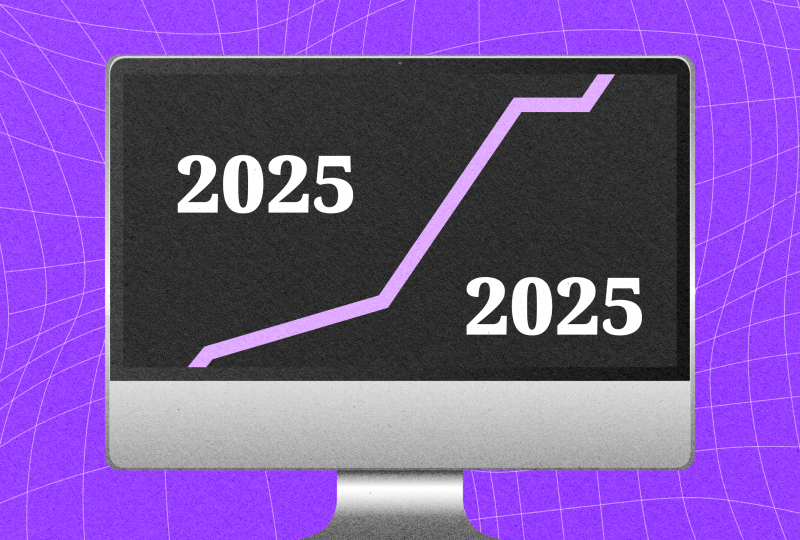Tesla’s Cybertruck Debut to Answer Burning Questions: Will it Be a Big Seller and Spark a Halo Effect?
Nov 28, 2023

On November 30th, Elon Musk’s long-awaited vision will finally become a reality as Tesla (TSLA) hosts its Cybertruck delivery extravaganza in Austin, Texas. This event, which will be streamed live, will mark the first deliveries of the highly anticipated electric pickup truck to its first buyers.
But this event is important not only for those receiving their Cybertrucks but also for investors and industry analysts. The success of the Cybertruck could potentially answer two key questions: Will it be a big seller, and will the truck help boost sales of other Tesla models?
It’s no secret that Musk has high hopes for the Cybertruck, predicting that Tesla will sell 250,000 units per year by 2025. However, manufacturing challenges have delayed the full production of the vehicle.
As for the halo effect, when the launch of a new product increases sales of existing models, Tesla has already experienced this with the Model Y. Despite fears of cannibalising sales of the Model 3, the Model Y’s release in 2020 actually increased Model 3 sales, which was launched in 2017 before that. According to data, Tesla shipped more Model 3 vehicles in the U.S. in 2022 than it did in 2020 while selling over 250,000 Model Y vehicles.
Although the Cybertruck’s impact on sales may not be immediate due to production delays, there is potential for it to have a positive effect on sales in the future. With Wall Street expecting Tesla to deliver around 476,000 vehicles by the end of 2023 and approximately 487,000 units in the first quarter of 2024, exceeding these estimates could help convince investors that Cybertruck was a good idea.
But it’s not just about sales numbers. The launch of the Cybertruck also marks Tesla’s entry into a lucrative market currently dominated by traditional automakers such as Ford (F), General Motors (GM), Dodge, and Toyota. These companies have collectively sold 1.6 million full-size pickup trucks in the U.S. through the first three quarters of 2023, making up approximately 14% of all light vehicles sold.
Tesla’s lineup of Model 3, Y, and Cybertruck vehicles expands its market coverage, yet a smaller EV is needed to compete with its affordable Chinese counterparts. Additionally, U.S. car buyers have limited options when it comes to less expensive EVs.
The average nonluxury car in the U.S. costs about $44,000, according to Cox Automotive. The average battery electric vehicle costs about $52,000.
Despite higher pricing, the Model Y will likely end 2023 as the best-selling car on the planet. It’s on pace to eclipse the Toyota Motor (TM) Corolla. One reason the Corolla sells so well is that it is a smaller, lower-priced vehicle.
Investors have been speculating and dubbing Tesla’s upcoming smaller model as the “Model 2”. Although company management has mentioned it in recent months, details such as its design, timing, and pricing have yet to be confirmed.
However, one thing that has been suggested is that the Cybertruck will also have a smaller version. According to Tesla shareholder Gary Black, the single-motor option could be priced at $49,990, followed by the dual motor at $59,990 and the tri-motor at $79,990.
Furthermore, all versions are expected to qualify for the $7,500 Federal tax credit in 2024. This is a change from the previous policy where EV buyers had to claim the tax credit on their following year’s tax returns.
In light of all these developments, Tesla’s stock has been performing well in the market. As of now, it has seen a 29% increase over the past 12 months, while the S&P 500 and Nasdaq Composite have experienced a 15% and 29% jump, respectively. It is worth noting that Tesla’s stock was only at $23 per share when they originally launched the Cybertruck in November 2019. Since then, it has risen to over $230 a share.




